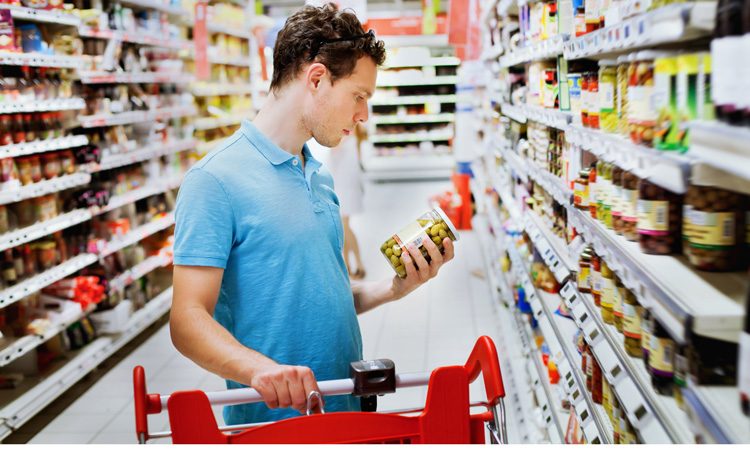Additionally, the GAO recommendations are so much less than are a variety of current industry recommendations and standards. In fact, as far back as 2016, a bill was proposed in the Senate that would “establish requirements regarding quality dates and safety dates in food labelling, and for other purposes.” Although the extent of that bill’s hearing was that it was “read twice and referred to the Committee on Health, Education, Labor, and Pensions” where it has, apparently, languished, industry has since taken things into its own hands to introduce standards.
Albeit voluntary, standards for use of the “BEST if Used By” for quality and “USE By” for safety launched by the Grocery Manufacturers Association (GMA) and Food Marketing Institute (FMI) in 2017 have had an impact. According to a GMA report: as of December 2018, 87 percent of all CPG products carried the new label language. The association projected that 98 percent of products will carry the new labels by the end of 2019, with total adoption by January 2020.
Whether or not industry will meet that projection, simplified labelling is moving forward, particularly the quality “Best if used by” phrase. In fact, even before the GMA/FMI standard, USDA published guidance in 2016 recommending the use of the “Best if Used By” label because research showed it as being easily understood by consumers as an indicator of quality, rather than safety. In May 2019, FDA referenced the USDA publication and the GMA/FMI standards, adding its own “strong” support for use of the phrase in reference to quality.
Neither USDA nor FDA, however, have come out in support of “Use by” for safety. Neither rejected its use, rather, as FDA stated in its May 23 letter, “FDA is not addressing the use of a ‘Use by’ product date label for safety reasons at this time”.
To jump back to another interesting aspect of GAO’s underwhelming recommendation for FDA and USDA to work together – the report acknowledges a number of areas where they already are:
- To develop information for food banks, food donors, and recipients of donated food on how to interpret date labels so food past the date on the label – but otherwise wholesome – is not wasted
- Having signed a formal agreement with EPA to educate consumers about food loss and waste
- Work with some non-federal stakeholders, such as nonprofit organisations and an international organisation, on date labelling.
But the agencies do not have “a specific mechanism to coordinate with state, local, and tribal officials on creating a common approach to date labels”. Thus, the GAO made its recommendation for further coordination because it says state, local, and tribal governments can set their own date label regulations and most states do have date label requirements for certain foods and have varying approaches.
Whether or not coordination with these governments is enough to bring resolution, or even some federally driven dialogue, to this ongoing issue or any further standardisation – or mandates – for date labelling will be seen. Meanwhile, the food industry should ensure its labels are as clear as possible, use science rather than an abundance of caution in its food dating, and participate in consumer education on the meanings of quality and safety date labels and how attention to safe handling can help to reduce food waste in the home.
I am well aware of the worries of putting a “safe if consumed by” type of label on any food because of the fear of litigation. But in a time where corporate social responsibility is focused on so many ways of waste reduction this is an area where, as industry, we could and should do more.
About the author
Dr Acheson is the President and CEO of The Acheson Group. As an Associate Professor at Tufts University, he undertook basic molecular pathogenesis research on foodborne pathogens, especially Shiga toxin-producing E. coli. In September 2002, he became the Chief Medical Officer at the US Food and Drug Administration’s (FDA) Center for Food Safety and Applied Nutrition. He was appointed as Associate Commissioner for Foods. In 2013, Dr Acheson founded The Acheson Group, a consulting firm which provides strategic advice as well as recall and crisis management support to food companies and ancillary technology companies on a global basis on all matters relating to food safety and food defence.










